When I first arrived at the Jeju Stone Culture Park, it was hotter than Satan’s armpit so I dashed into the only building I could see to study my map. Turns out I had walked into a museum of strange molten lava formations found around the island over the years of excavation and construction. It was a bit of geology lesson so most of the info-graphs were out of my realm of interest but I did find a display hall with tons of weird lava formations, some of them taller than I am which was pretty cool. Here are some shots of the lava rocks:
Back outside, there was a forest trail on the map that had peaked my interest. Into the heat I ventured. But first: the grandfather rocks.
Dolhareubangs (or stone grandfathers) are legendary in Jeju and deserve a paragraph of their own. I’ve always wanted to see them face to face as they’re such a big part of Jeju’s culture. They’ve been around since the 1700s on the island and hold great historic meaning to the people there. The dolhareubangs were traditionally placed facing each other on either side of fortress entrances. Later they were placed outside of civilian homes and near crop fields. They were believed to be guardians of the island people, protecting against misfortunes and promoting prosperity for the families they guarded.
Throughout my walk in the forest, I kept finding clusters of little men that reminded me of the wood spirits from the animated movie “Princess Mononoke” (pictured below).
I found out the forest statues I kept seeing are actually called “tomb guardian children,” spiritual stones that were placed over graves or near tomb stones to protect the dead and ward off evil spirits. Burial traditions on the island in the Joseon Dynasty era were based on a Confucian foundation but mixed with Buddhism as well as local Jeju folklore which produced a unique style only found on this island. The stone guardians I found were replicas as few of the originals remain in modern day Jeju which was comforting to know. If I had be unknowingly strolling through a real wooded graveyard by myself I might have walked a little faster. Here they are (click on any picture to enlarge):
After about an hour alone in the woods, I saw a little fawn snacking on grass right next to one of the tomb guardians. We looked at each other for a moment before it bounded off into the deeper woods. Soon after the cicadas got louder and the bugs increased their attack (despite my bug spray) so I decided to speed up and get outta dodge. Back into the sunlight I wandered around some more enjoying the lack of humans and abundance of stone giants.
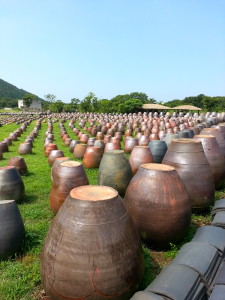
Traditional earthenware pottery, used to store fermented vegetables and unrefined rice wine, “makoli.”
I hope you enjoyed my stroll through Jeju’s Stone Culture Park. If you plan on going to this park, keep in mind that there are two Jeju Stone Parks; one is further out on the west coast, with the Dolhareubangs along the ocean’s edge like you always see in the tourism photos. That one is called Jeju Stone Park Sangmyeongri. I was advised by a local tourist info staffer that the Stone Culture Park, in the centre of the island, was the best place to go and after my afternoon with stone spirits and rock generals, I’d have to say she was right.
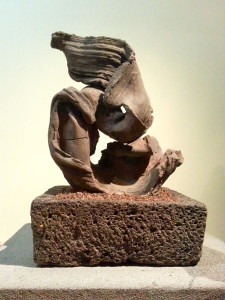
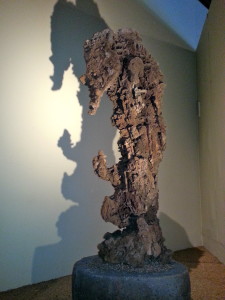
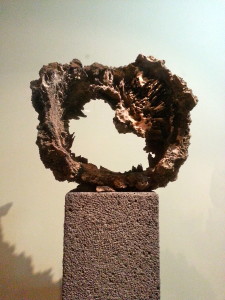
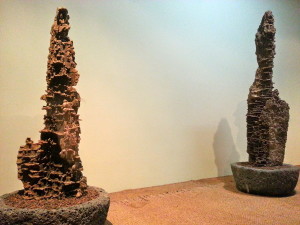
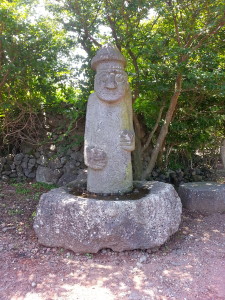
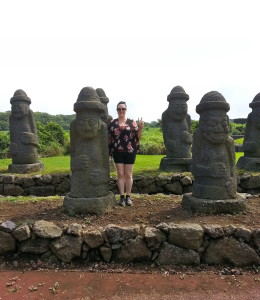
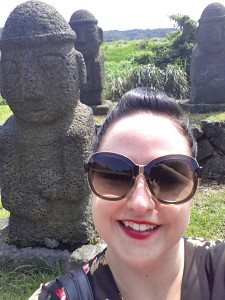
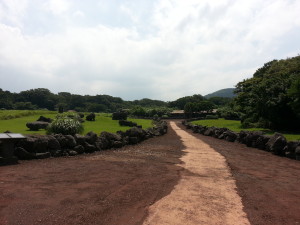


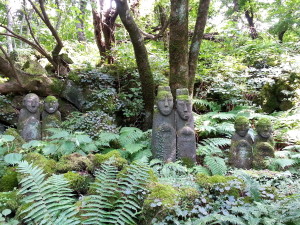
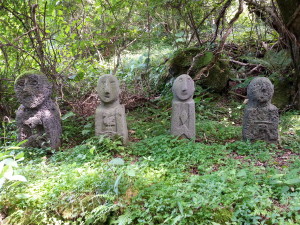
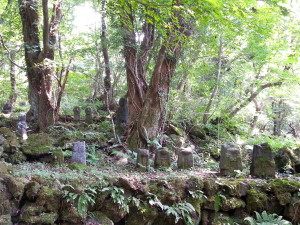
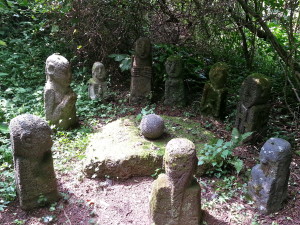
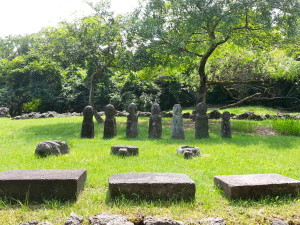
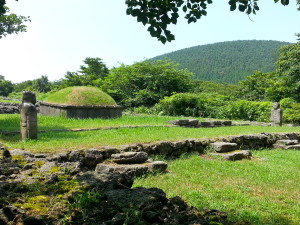
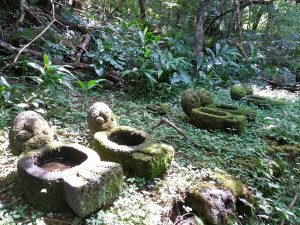
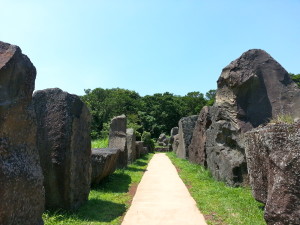
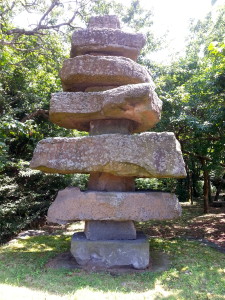
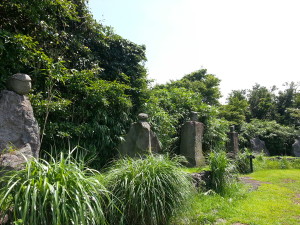

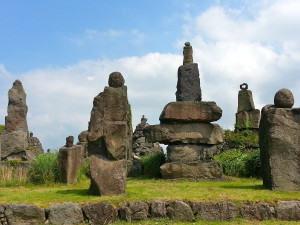
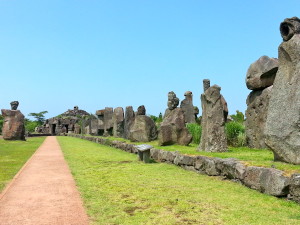
You are really blessed to have been able to travel through all these places. I mean it really does remind me of something from Miyazaki. I really laughed when you said you were enjoy the lack of people and abundance of stones. haha I feel you on that.
So wicked!
Awesome adventure Karli.
Photos really take you on the journey too!
Can’t wait for Cambodia pics.
Stay Safe
Love Dad & Bev